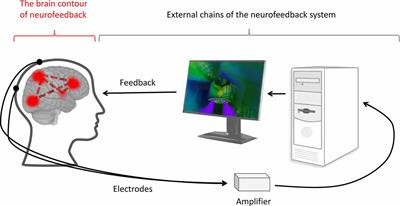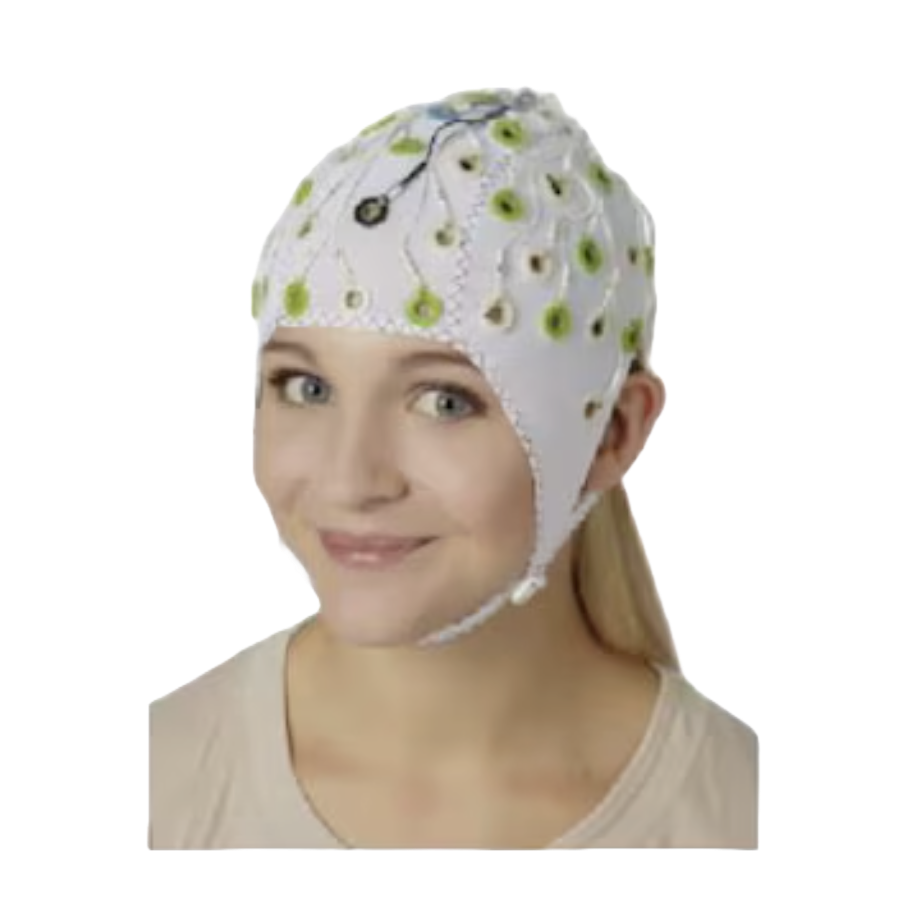Neurofeedback therapy is a noninvasive procedure that measures a patient’s brainwaves and provides the patient with real-time feedback about how the brain is functioning. It’s a type of biofeedback, which is a mind-body technique that aims to help patients gain voluntary control over certain body functions that are typically involuntary (such as heart rate, muscle contraction or brainwaves). Biofeedback uses electronic instruments to convey to the patient certain physiological processes happening in their body that they are typically not aware of.
Neurofeedback therapy, in particular, is used to help teach self-control of brain functions by indicating to patients how their brains react to certain triggers. Over time, patients learn to recognize when their brain is in a certain state. Then, they can learn to recreate the desired state, such as relaxation, or avoid undesired states, such as agitation, in their daily lives.

“By seeing how the brain responds to different visual, video, or auditory stimuli, through observing EEG tracings or a visualization of those, it’s believed that the brain can be trained on what it needs to do to achieve the healthier patterns,” says Caroline Carney M.D., chief medical officer at Magellan Health, a health care company based in Arizona.
How Does Neurofeedback Therapy Work?
Neurofeedback therapy attempts to help the patient control their brainwaves consciously. It does this by measuring specific brainwaves, depending on the issue being treated. For example, alpha waves are associated with peacefulness, readiness, meditation and being deeply-relaxed, while beta waves are characterized by focus, sustained attention, tension, alertness and excitement. Therefore, alpha waves are typically targeted to treat conditions like stress and anxiety, while the beta waves are targeted to improve characteristics like attention and focus, which are associated with ADHD.
Neurofeedback therapy monitors your brain for brainwave activity and almost immediately provides feedback, often through visual or audio cues. For example, the therapy administrator might have you watch something on a screen while measuring your beta waves. When you manifest beta waves, the screen brightens in response; if you inhibit the beta waves, the screen dims. The goal is to provide you with enough reinforcement that you try to repeat your behavior in order to get the reward (i.e a brighter screen) again.
It may take several months to see desired improvements, but there is no consensus on how many sessions are needed before you can exert control over your brainwaves. It is also unclear how long the therapy’s effects last without ongoing treatment.
